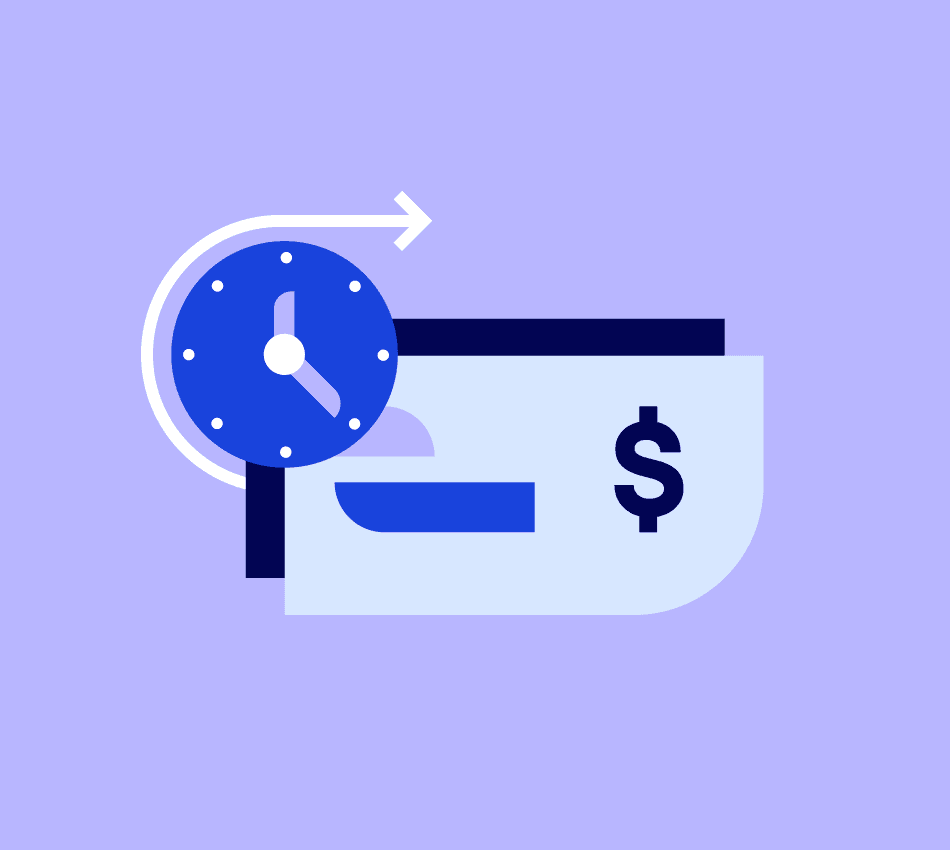Today, many Americans can go years without writing a paper check, and the thought of doing so seems antiquated. Digital payments, the thinking goes, are faster, more secure, can be issued from (almost) anywhere, are easier to track, and save paper. So why do Americans still write over 10 billion checks per year?
Checks may seem as if they’ve lost relevance in the last thirty years, but there’s good reason to believe that they won’t ever truly go extinct. Checks are more decentralized, more physical, more customizable, more simple, and more historic than any other payment method today.
What you need to know
- Checks are a type of bill of exchange that have been used for at least 1,000 years. U.S. checks became nationally redeemable in 1913, and check use peaked in 1995.
- Checks have low fees, are simple and familiar, and don’t require internet access. They’re also more physical, decentralized, and customizable than any other non-cash payment type.
- If you’re looking for a new payment method, contactless payments, credit cards, ACH or wire transfers, and mobile payment apps offer different advantages compared to checks.
What is a check?
The precursor to the modern check was the bill of exchange—a document that orders one party to pay another. These bills may have emerged as a medium of exchange in debt-based economies and as a tool in currency-based economies for simplifying transactions involving large sums, heavy coinage, or long distances.
A check is simply a bill of exchange in which one party is a bank. More specifically, a check is a document that orders a banking institution to issue funds from a depositor’s account to a recipient’s account.
There are three parties involved in this transaction:
- Drawer: Writes the check and supplies the funds.
- Banking provider: Moves the funds.
- Payee: Receives the funds.
A history of the check in the United States
The first evidence we have of hand-written checks dates to the Islamic Golden Age, where they’d reached widespread use in north Africa and the east Mediterranean by 900 CE. The first United States bank to issue a local check was The Bank of New York near the end of the 1700s. Checks weren’t nationally redeemable until 1913, when the U.S. government established the Federal Reserve and a national clearing system independent from private banks (to protect funds from bank failure).
Check use peaked in the United States in 1995, before declining with the rise of digital payments like debit/credit cards and ACH transfers. Around the same time, banks in Europe and the United States began accepting digitally scanned paper checks, which provided the groundwork for accepting mobile check deposits in the 2010s.
See how Forever Farms saves time with easy mobile check deposits.
Why do some businesses still use checks?
With digital payments being so affordable, fast, and convenient, why might you—or maybe your vendors or landlords—still prefer to be paid via paper check?
One reason is that checks tend to have lower processing fees compared to credit cards and payment processors. They’re also familiar and don’t require the use of banking technology that may be difficult, unintuitive, or hard to access from rural or remote areas. Checks are more resistant to hacking and chargebacks, and are generally simpler than digital payments—for example, you don’t need to know your vendor’s account number to pay them. Also, you have more control over when to deposit your check funds, whereas other non-cash payment types begin processing immediately.
Checks have also proved resistant to changes in the banking industry, which make them a valuable option for business owners who are concerned about:
- Digitization. As soon as it’s issued, checks provide a physical record of a payment, its purpose, and the drawer’s signature. They don’t require online access or any sort of device to issue and receive.
- Centralization. Unlike digital payment networks, checks remain relatively decentralized, and function across institutions without a central authority—except that all U.S. checks are now cleared by a single facility.
- Homogenization. Digital payments lack the personalized designs and physical writing of checks, which can be part of a company’s brand experience.
- Fragilization. As banking and digital infrastructure come under control of fewer institutions, checks provide a payment method that’s handled separately.
How will new technology change check payments?
Since the Check Clearing for the 21st Century Act was signed in 2003, the Federal Reserve has mostly transitioned to processing electronic payments, and now clears all checks through the Federal Reserve Bank of Atlanta.
The basic function of a check has gone unchanged for a millennium. So far, digital banking has only made checks more versatile, as banking providers accept scanned checks and sometimes can write and send them on your behalf. Neither of these improvements impede your ability to deposit a paper check normally, so upgrades that force all checks to go digital—such as requiring biometrics to deposit checks or storing check payments on the blockchain—seem unlikely.
Regulation could also change checks. It’s possible that a global or regional check system could emerge, or a country could reform its national clearing system to be more central or digital.
What are the best alternatives to checks?
Each of these alternative payment methods carries the drawbacks of the modern banking system that checks avoid, but they also offer key advantages:
- For in-person payments, contactless payments with a credit card are the fastest and most secure.
- For remote payments, ACH or wire transfers are faster, more convenient, and easier to track than checks. However, some banking providers will print and mail checks sent through your online dashboard, allowing you to track and record the check payment alongside your digital payments.
- For personal payments, mobile payment apps are often cheaper and more convenient than checks, but these shouldn’t be used for business payments.
All the payment options you need, in one place.
